- Why Proper Plant Growth Depends on Bending Tree Branches
- Understanding the Importance of Bending Tree Branches
- Promoting Proper Plant Growth
- Ensuring Safe and Proper Bending
- Conclusion
- Benefits of Safely Bending Tree Branches
- Factors to Consider Before Bending Tree Branches
- Tools and Techniques for Safely Bending Tree Branches
- 1. Pruning Shears or Hand Saw
- 2. Branch Spreaders
- 3. Lashing Straps or Soft Ties
- 4. Stakes or Bamboo Poles
- 5. Time and Patience
- Step-by-Step Guide to Safely Bend Tree Branches
- Step 1: Assess the Branch
- Step 2: Choose the Right Time
- Step 3: Prepare the Necessary Tools
- Step 4: Determine the Desired Angle
- Step 5: Make a Proper Cut
- Step 6: Gently Bend the Branch
- Step 7: Secure the Branch
- Step 8: Monitor and Adjust
- Step 9: Prune and Maintain
- Step 10: Stay Patient
- Common Mistakes to Avoid When Bending Tree Branches
- Aftercare and Maintenance for Bent Tree Branches
- Question-answer:
- Why is it necessary to bend tree branches?
- When should I start bending tree branches?
- How do I safely bend tree branches?
- Can bending tree branches harm the tree?
- What are the benefits of bending tree branches?
- Are there any trees that should not have their branches bent?
- What are some alternatives to bending tree branches?
- Video: How to Fix a Leaning Tree
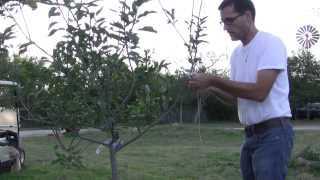
Proper pruning and training techniques are essential for the healthy growth and development of trees. One commonly used technique is bending tree branches to help shape the tree and encourage desirable growth patterns. Bending branches can be beneficial in a variety of situations, including promoting better sun exposure, reducing wind damage, and improving the overall structure of the tree.
When bending tree branches, it is important to do so in a safe and controlled manner to avoid causing harm or stress to the tree. This process requires careful planning and consideration of the tree’s natural growth patterns and structural integrity. It is recommended to consult with a professional arborist or tree care specialist before attempting to bend branches on your own.
One commonly used method for safely bending tree branches is known as “tie-down” or “pull-down” technique. This involves attaching a flexible material, such as a soft rope or tree tie, to the branch and gently pulling it downward. The branch is then secured in its new position using stakes or other props. The tying and pulling process should be done gradually over time to allow the tree to adjust to its new shape.
It is important to note that not all tree species are suitable for bending, and improper bending can cause severe damage or even kill the tree. Therefore, it is crucial to research the specific tree species and consult with experts before attempting any bending techniques.
Why Proper Plant Growth Depends on Bending Tree Branches
Proper plant growth is essential for the health and appearance of trees. One crucial factor that affects plant growth is the arrangement of tree branches. Bending tree branches is a technique that can help promote proper growth and development.
Improved Sunlight Exposure:
By bending tree branches, you can control the amount of sunlight that reaches different parts of the tree. This is especially important for trees that are growing in shaded areas or close to buildings and other structures. Bending branches can help redirect sunlight to areas that need it the most, stimulating growth in those areas.
Enhanced Air Circulation:
Bending tree branches can also improve air circulation within the canopy of the tree. Proper air circulation is crucial for preventing the buildup of moisture, which can lead to the growth of fungus and other harmful organisms. By allowing air to flow freely between branches, bending can help maintain a healthy and disease-free canopy.
Correcting Pressure Points:
Some tree species have a natural tendency to develop weak points or “pressure points” in their branches. These pressure points can cause branches to break or bend in an undesirable manner. By carefully bending branches, you can correct these pressure points and distribute the stress more evenly, reducing the risk of damage or breakage.
Encouraging Fruit Production:
Bending tree branches can also promote fruit production in certain tree species. Applying gentle pressure on branches can stimulate the production of hormones that are responsible for fruiting. This technique is often used in orchards to increase the yield of fruit trees.
Pruning Alternative:
Bending tree branches can serve as an alternative to pruning, especially for young trees. Instead of cutting off branches, bending allows you to shape the tree and control its growth without causing damage or leaving unsightly scars. This can be particularly beneficial when training trees for specific purposes, such as espalier or topiary.
In summary, bending tree branches plays a crucial role in promoting proper plant growth. By improving sunlight exposure, enhancing air circulation, correcting pressure points, encouraging fruit production, and serving as an alternative to pruning, bending branches can help ensure the health and vitality of trees.
Understanding the Importance of Bending Tree Branches
Growing healthy and aesthetically pleasing trees requires proper care and attention, including understanding the importance of bending tree branches. This technique is a useful tool for shaping and training trees to grow in desired directions, promoting optimal plant growth and structural stability.
Promoting Proper Plant Growth
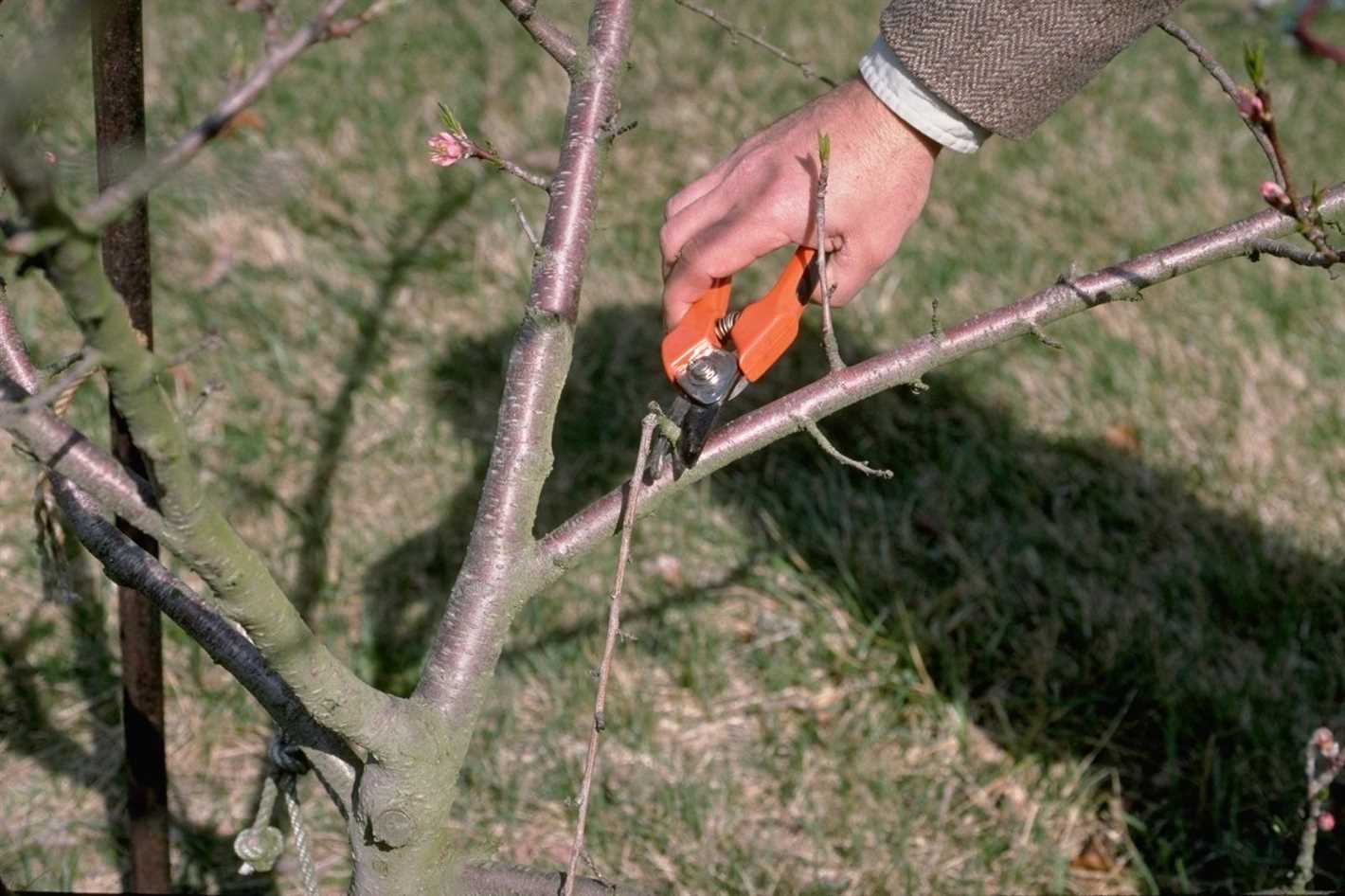

When tree branches are bent, it stimulates their natural response to grow in the direction of the bend. This can be particularly beneficial when trying to achieve a specific shape or structure for the tree. By bending branches strategically, you can influence the growth patterns and create a more balanced and uniform tree shape.
Bending tree branches can also help redirect growth away from certain areas, such as structures or other trees. This can help prevent overcrowding and ensure that each tree receives adequate sunlight and nutrients for healthy growth.
Additionally, bending branches can promote strong and sturdy tree structures. By guiding the growth of branches, you can encourage the development of a well-balanced canopy that can withstand winds and other environmental factors.
Ensuring Safe and Proper Bending
It is important to ensure that bending tree branches is done safely and properly to avoid damaging the tree. Before attempting any bending, it is essential to understand the tree species and its natural growth patterns. Some trees may be more flexible and responsive to bending, while others may be more resistant.
When bending branches, it is crucial to use gentle and gradual force. Sudden or excessive bending can cause the branch to snap or break, leading to irreversible damage. It is recommended to use tools such as garden twine or soft ties to secure the branch in the desired position, without constricting or cutting into the branch.
Regular monitoring of the bent branches is important to ensure that they are not causing any harm or stress to the tree. If you notice any signs of stress, such as wilting leaves or branch dieback, it may be necessary to reevaluate the bending technique or release the tension on the branch.
Conclusion
Bending tree branches is a valuable practice for shaping and training trees to grow in desired directions. By understanding the importance of bending tree branches and following proper techniques, you can promote proper plant growth, create a balanced tree structure, and enhance the overall aesthetics of your landscape.
Benefits of Safely Bending Tree Branches
Bending tree branches can offer several benefits for proper plant growth. Here are some of the key advantages:
- Promotes even sunlight exposure: By carefully bending branches, you can ensure that all parts of the tree receive adequate sunlight. This helps in photosynthesis, which is essential for the tree’s overall health and growth.
- Encourages lateral branching: When you bend a tree branch, it stimulates the growth of lateral branches, which can result in a fuller and more balanced structure for the tree. This can enhance its aesthetic appeal and make it sturdier.
- Controls tree height and shape: Bending branches allows you to control the tree’s height and shape. You can train the tree to grow in a desired direction or form, which can be beneficial for landscaping purposes or for optimizing space in smaller gardens.
- Prevents overcrowding: If branches start growing too close to each other or in undesirable outward directions, bending them can help create more space between branches and prevent overcrowding. This promotes better air circulation throughout the tree, reducing the risk of fungal diseases.
- Improves fruit production: For fruit-bearing trees, bending branches can be beneficial for optimizing fruit production. By adjusting the branch positions, you can achieve better fruit distribution, limit the weight load on individual branches, and increase sunlight exposure to the fruits.
- Increases longevity: Properly bending tree branches can promote better overall health and longevity of the tree. By ensuring balanced growth and preventing structural issues, you can help the tree thrive for years to come.
These benefits make safely bending tree branches an effective technique for maintaining and enhancing the health, appearance, and productivity of trees.
Factors to Consider Before Bending Tree Branches
Bending tree branches can be a useful technique for guiding proper plant growth. However, it is important to consider several factors before attempting to bend branches. These factors include:
- Tree Species: Different tree species may have different levels of flexibility and tolerance for branch bending. Some tree species are more resistant to bending and may not respond well to this technique.
- Tree Age: Younger trees are generally more flexible and have a greater capacity for branch bending compared to older, more mature trees. Consider the age of the tree before attempting any bending techniques.
- Branch Size: The size and thickness of the branch will determine how easy or difficult it is to bend. Thicker branches may be more difficult to bend and could require more specialized techniques.
- Health of the Tree: Bending branches may put stress on the tree, so it is important to ensure that the tree is healthy enough to withstand this stress. Sick or weakened trees may not respond well to bending and could be further damaged.
- Growth Stage: The stage of growth the tree is in can affect the success of branch bending. Bending should ideally be done during the tree’s dormant period or early in the growing season before new growth has begun.
- Bending Technique: There are various techniques for bending tree branches, including tie-down methods, weight distribution, and gradual manipulation. The appropriate technique will depend on the specific tree species, branch size, and desired outcome.
Before attempting to bend tree branches, it is recommended to consult with an arborist or tree care professional who can assess the tree and provide guidance on the best approach to ensure the safety and health of the tree.
Tools and Techniques for Safely Bending Tree Branches
When it comes to bending tree branches for proper plant growth, there are several tools and techniques to consider. These tools and techniques will help you safely bend branches without causing damage to the tree.
1. Pruning Shears or Hand Saw
Before you can bend a tree branch, it may be necessary to prune or remove any excess growth or unwanted branches. Pruning shears or a hand saw will come in handy for this task. Make clean cuts at the base of the branch, ensuring you do not damage the main stem.
2. Branch Spreaders
Branch spreaders are specially designed tools that help to gradually bend and spread tree branches. They consist of two handles joined by a screw mechanism. Place the branch spreaders over the branch you want to bend and slowly turn the screw to apply gentle pressure. This will encourage the branch to bend in the desired direction over time.
3. Lashing Straps or Soft Ties
To support the bent branch and keep it in place, you can use lashing straps or soft ties. These flexible materials will help hold the branch in its new position without causing any damage. Be sure to use soft ties or lashing straps that are wide enough to distribute the pressure evenly.
4. Stakes or Bamboo Poles
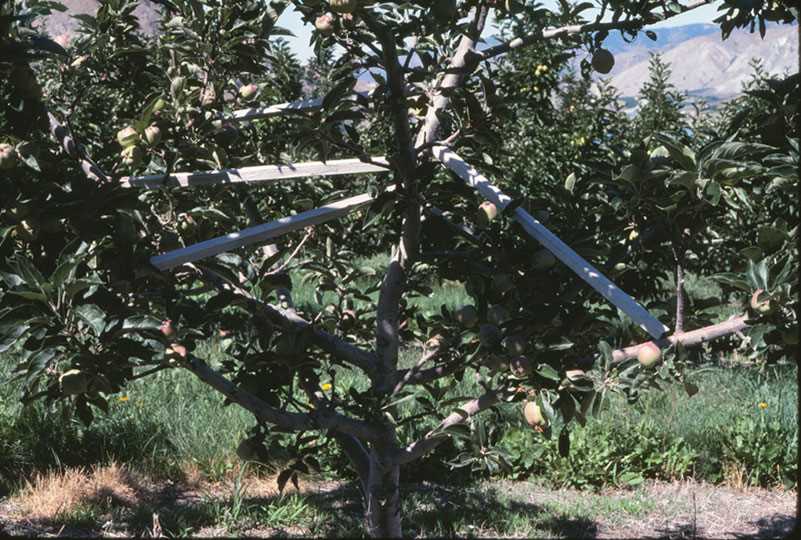

In some cases, you may need to stake the branch to keep it in place as it bends. Stakes or bamboo poles can be inserted into the ground near the branch and tied securely using garden twine or wire. This will provide additional support and help maintain the desired shape.
5. Time and Patience
Bending tree branches is a gradual process that requires time and patience. Avoid applying too much pressure or forcing the branch to bend too quickly, as this can cause damage. Monitor the progress regularly and make adjustments as needed.
By using the right tools and techniques, you can safely bend tree branches to promote proper plant growth. Remember to always be gentle and patient, and the tree will respond accordingly.
Step-by-Step Guide to Safely Bend Tree Branches
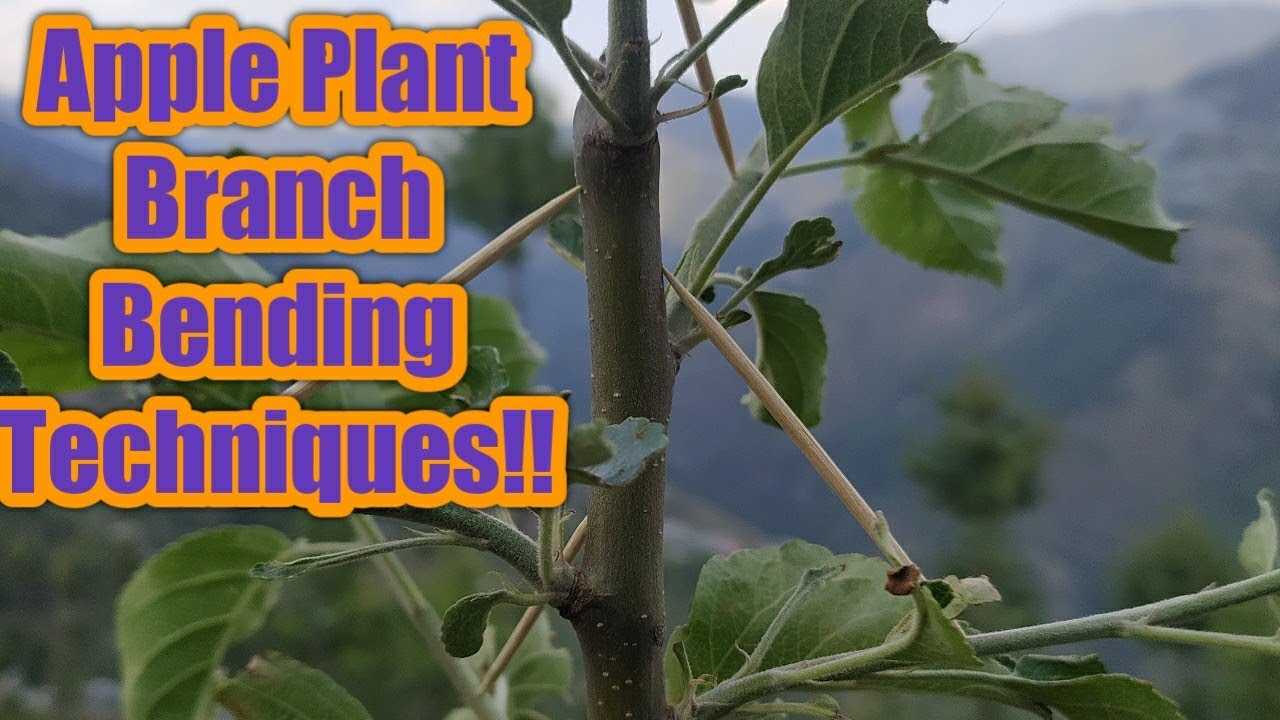

Step 1: Assess the Branch
Before proceeding with bending a tree branch, it’s important to assess its health and strength. Look for any signs of disease or damage, like cracks or decay. Branches that are weak or compromised may not be suitable for bending.
Step 2: Choose the Right Time
It’s essential to choose the right time of year for bending tree branches to avoid causing unnecessary stress to the tree. The ideal time is during the tree’s dormant season, which is typically in late winter or early spring before new growth begins.
Step 3: Prepare the Necessary Tools
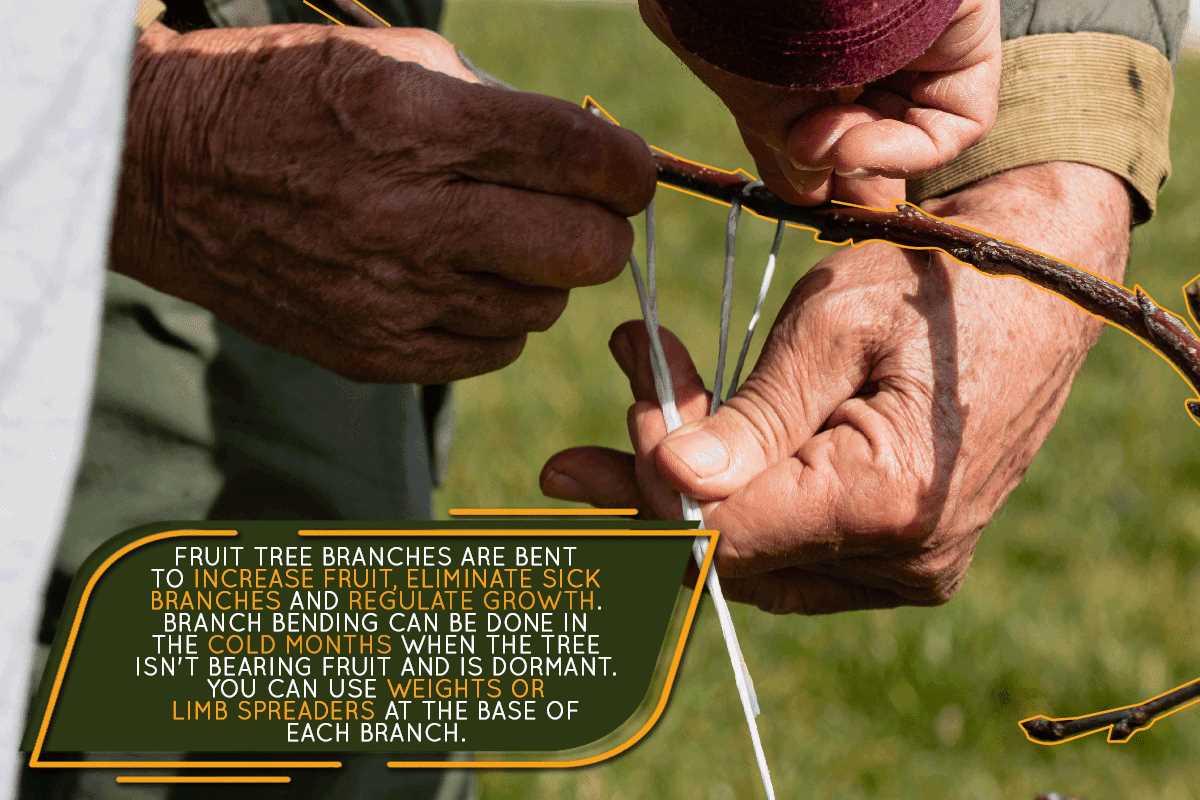

Before bending a tree branch, gather the necessary tools, including pruning shears, a tree saw, and sturdy garden ties or rope. These tools will help you safely and effectively bend the branch without causing damage.
Step 4: Determine the Desired Angle
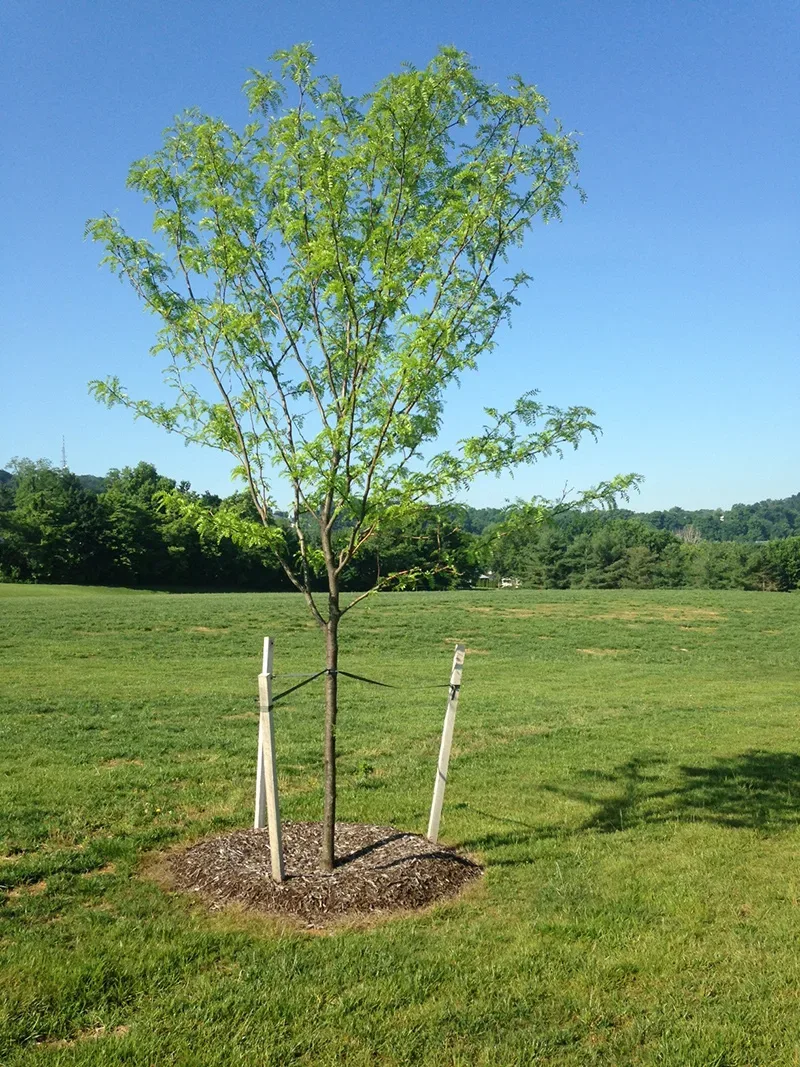

Decide on the desired angle or direction in which you want the branch to grow. This will guide your bending efforts and ensure proper tree growth and development.
Step 5: Make a Proper Cut
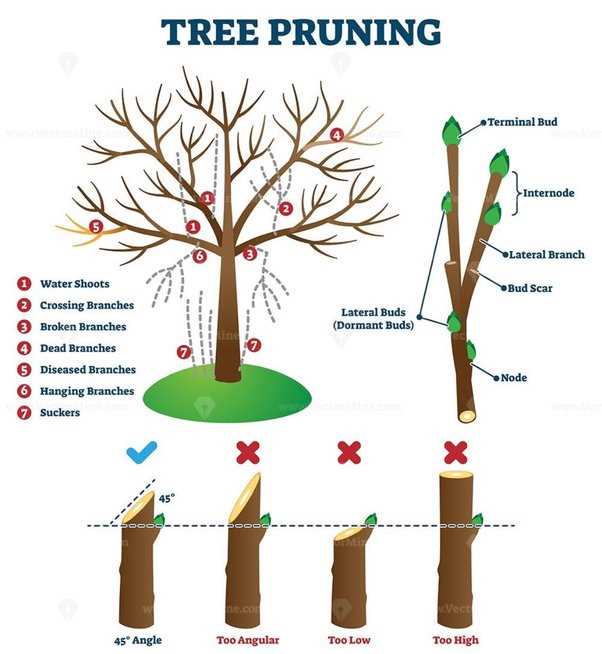

Using pruning shears or a tree saw, make a clean cut on the underside of the branch, about one-third of the way through. This cut will create a weak point that will facilitate bending.
Step 6: Gently Bend the Branch
Hold the branch near the cut and slowly apply pressure to bend it in the desired direction. Be careful not to exert too much force, as this can cause the branch to snap or break.
Step 7: Secure the Branch


Once you have successfully bent the branch, use sturdy garden ties or rope to secure it in place. This will help maintain the desired angle and prevent the branch from springing back to its original position.
Step 8: Monitor and Adjust
Regularly check on the bent branch to ensure it is adjusting to its new position. If necessary, make slight adjustments to the ties or rope to prevent them from cutting into the bark.
Step 9: Prune and Maintain
After the branch has had time to adjust and grow in its new direction, you may need to prune any unwanted growth or suckers that may emerge. Regular pruning and maintenance will help maintain the shape and health of the tree.
Step 10: Stay Patient
Bending tree branches takes time and patience. It may take several growing seasons for the branch to fully adjust and develop in its new direction. Be patient and allow nature to take its course.
Common Mistakes to Avoid When Bending Tree Branches
Using excessive force: One of the most common mistakes when bending tree branches is applying too much force. This can lead to branch breakage or damage to the main stem or trunk. Remember to be gentle and apply gradual pressure when bending branches.
Bending branches too early: It’s important to allow young trees to establish a strong root system before attempting to bend branches. Bending branches too early can disrupt the tree’s growth and may cause long-term damage.
Bending branches too late: On the other hand, waiting too long to bend branches can limit the tree’s ability to be trained and shaped. It’s essential to monitor the tree’s growth and bend branches at the right time to achieve the desired results.
Ignoring proper sterilization: Before bending branches, it’s crucial to sterilize any tools or equipment that will come into contact with the tree. This helps prevent the spread of diseases or pests that can harm the tree’s health.
Not considering growth patterns: Understanding a tree’s natural growth patterns is essential when bending branches. Bending branches against their natural direction can lead to weak or unnatural growth. Always bend branches in the direction they naturally want to grow.
Bending too many branches at once: Bending too many branches simultaneously can place excessive stress on the tree and may cause damage. It’s recommended to bend a few branches at a time, allowing the tree to adjust and recover between each bending session.
Failure to support bent branches: After bending a branch, it’s important to provide support to maintain the desired shape. This can be done using stakes, ties, or other support structures. Failure to support bent branches can result in the branch reverting back to its original position or breaking.
Not regularly monitoring the tree: Once branches are bent, it’s essential to regularly monitor the tree’s growth and adjust the supports if necessary. Neglecting to monitor the tree can result in branches growing in undesirable or unhealthy ways.
Aftercare and Maintenance for Bent Tree Branches
After successfully bending tree branches for proper plant growth, it is important to provide aftercare and maintenance to ensure the health and longevity of the tree. Here are some key steps to follow:
- Monitor progress: Regularly check on the bent branches to ensure they are maintaining their desired shape and position. This is especially important in the first few weeks after bending, as the branches may try to spring back to their original position.
- Pruning: Trim any damaged or dead branches to promote healthy growth. Pruning should be done with clean and sharp tools to minimize stress and prevent disease transmission. Focus on removing any branches that are crossing or rubbing against each other to improve airflow and reduce the risk of diseases.
- Watering: Provide adequate water to the tree, especially in the first few weeks after bending. The soil should be kept moist but not waterlogged. Monitor soil moisture levels and adjust watering accordingly.
- Fertilization: Apply a balanced fertilizer to provide essential nutrients to the tree. Follow the package instructions for proper application rates and timing. Fertilizing can help promote healthy growth and aid in recovery after bending.
- Mulching: Apply a layer of organic mulch around the base of the tree, avoiding direct contact with the trunk. Mulching helps retain moisture, control weeds, and regulate soil temperature.
- Support: If necessary, provide temporary support for the bent branches to prevent them from snapping back or breaking. Use materials such as garden stakes or tree ties. Make sure the support is not too tight to allow some flexibility for natural movement.
- Regular care: Continue to provide routine care to the tree, including regular watering, pruning, and monitoring for pests and diseases. Proper care will help maintain the health and shape of the bent branches.
By following these aftercare and maintenance steps, you can ensure the success of bending tree branches for proper plant growth. With proper care, the tree will thrive and provide an aesthetically pleasing and functional addition to your garden or landscape.
Question-answer:
Why is it necessary to bend tree branches?
Bending tree branches is necessary to promote proper plant growth. By bending the branches, you can create a more open canopy, allowing sunlight to reach all parts of the tree. This helps the tree to grow evenly, without any weak or shaded areas.
When should I start bending tree branches?
It is best to start bending tree branches when the tree is young and still flexible. This is usually done in the early spring, before the tree starts to actively grow. Be careful not to bend branches that are too thick or brittle, as they may snap.
How do I safely bend tree branches?
To safely bend tree branches, start by choosing the branches you want to bend and make sure they are flexible enough. Then, gently apply pressure to the branch in the direction you want it to bend. You can use your hands or gardening tools for this. Be careful not to apply too much pressure, as you can damage the branch.
Can bending tree branches harm the tree?
If done correctly and with care, bending tree branches should not harm the tree. However, if too much force is applied or if the branches are bent at a sharp angle, it can cause damage. It is important to be gentle and take your time when bending tree branches to ensure the health of the tree.
What are the benefits of bending tree branches?
Bending tree branches can have several benefits. It helps to create a more open canopy, allowing sunlight to reach all parts of the tree and promote even growth. It can also help to correct the shape of the tree, making it more aesthetically pleasing. Bending branches can also stimulate the production of hormones that promote fruiting or flowering.
Are there any trees that should not have their branches bent?
While most trees can tolerate branch bending, there are some species that are more prone to damage. For example, fruit trees with brittle branches, like cherry or apple trees, should be handled with caution. It is best to research the specific tree species before attempting to bend its branches.
What are some alternatives to bending tree branches?
If you are concerned about bending tree branches, there are alternative methods you can use to promote proper plant growth. For example, you can prune the tree to remove any branches that are blocking sunlight or causing overcrowding. You can also use stakes or support structures to train the tree’s growth in the desired direction.







